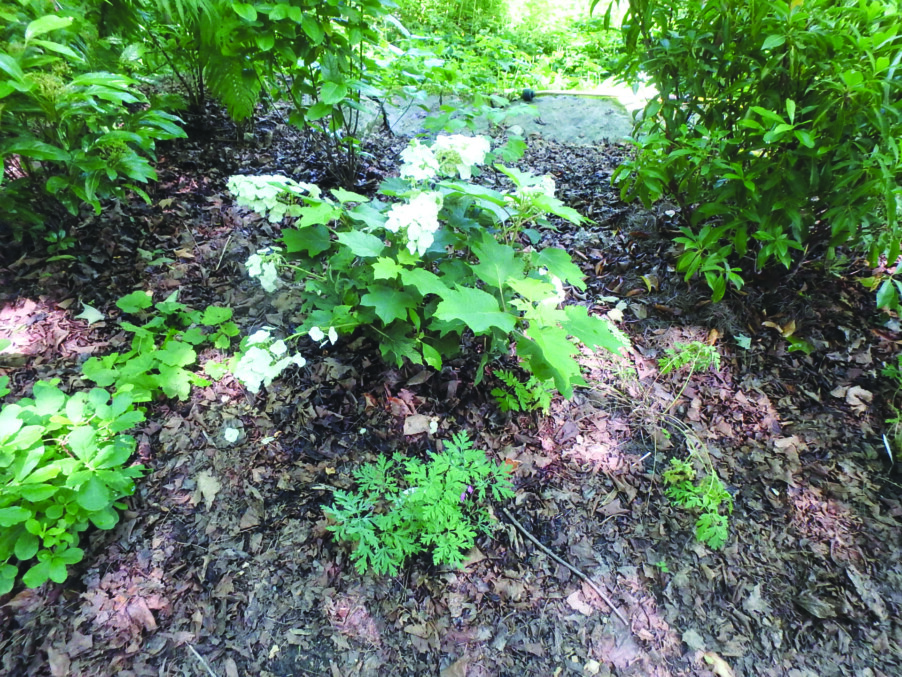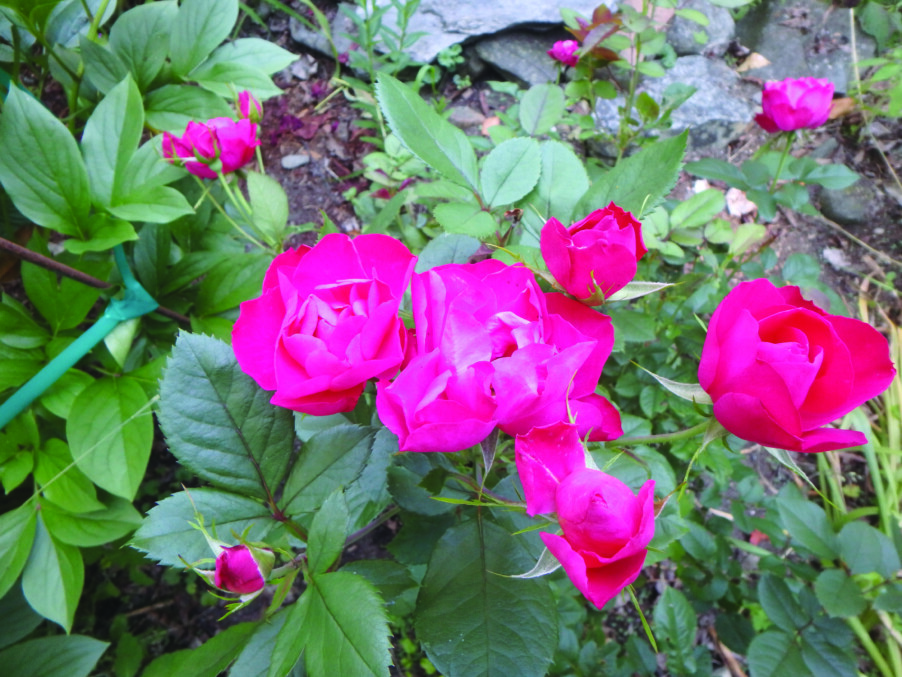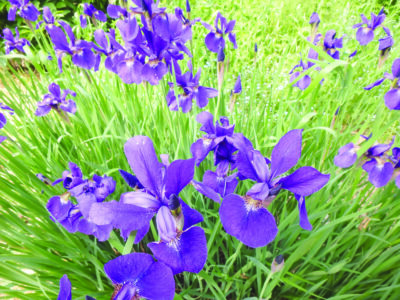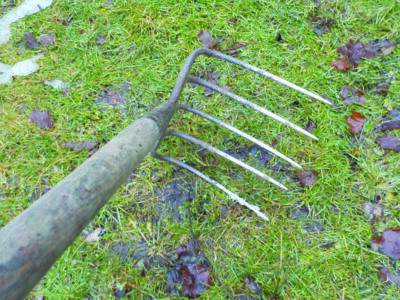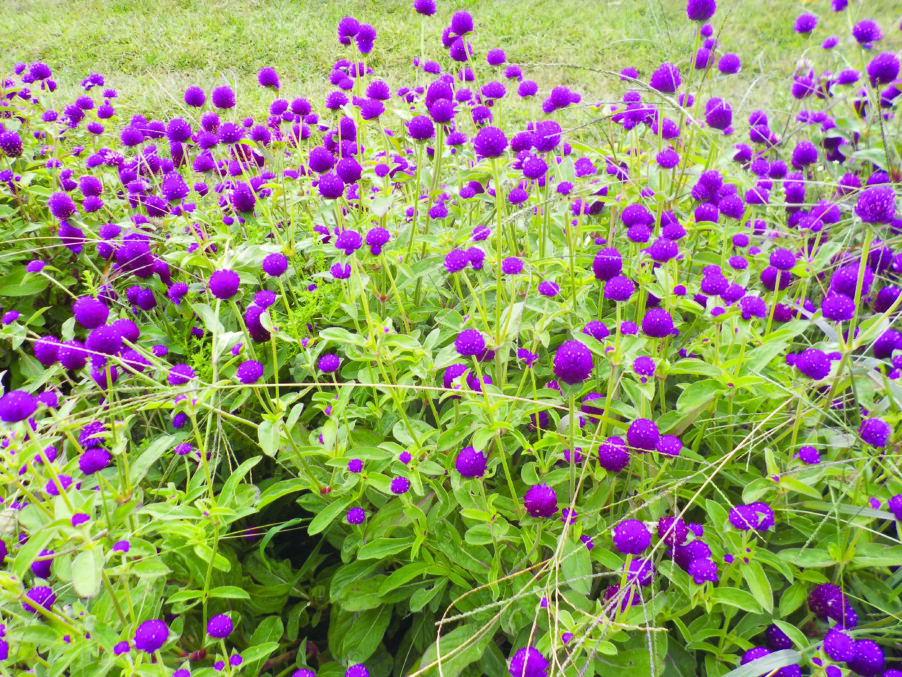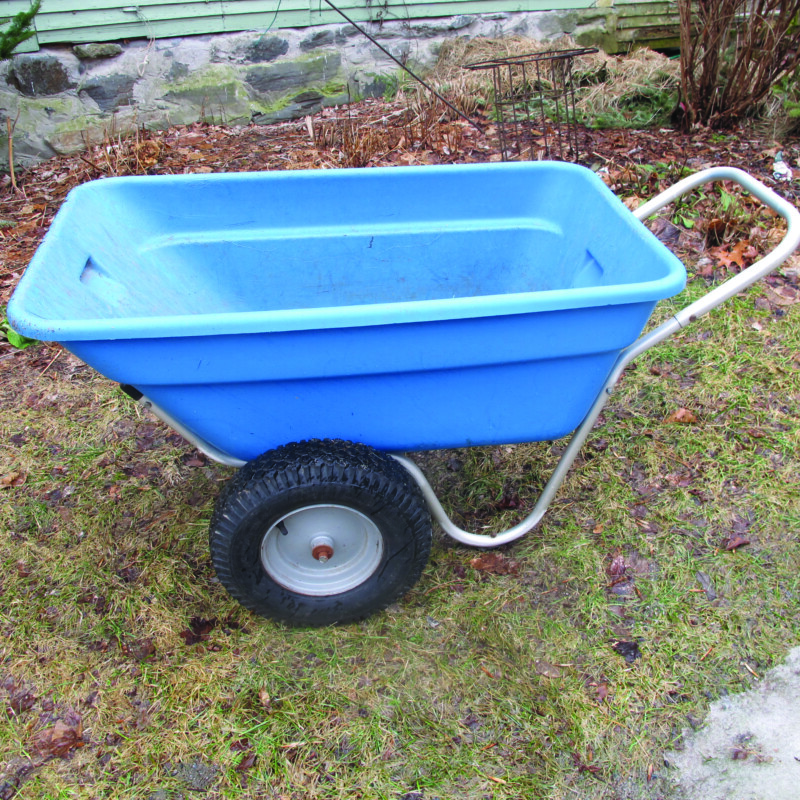Creating a better environment for us and our animal friends
There is much gloom and doom spread in the news and on social media. Many people believe that our ecosystem is irreparable — climate change is bringing death and destruction to many of the animals that we share the Earth with. But some gardeners believe that although the climate is changing, they can still plant many species of plants that will sustain our birds, butterflies, bees, moths and all the little animals that we share our space with. I am one of those optimistic ones.
If you want to help save our ecosystem, here are some suggestions:
Start by reducing the size of your lawn. Yes, keep space for badminton and a grill, if you like. But think of the lawn as an area rug, not wall-to-wall carpeting. Most Americans inherited a large lawn when they bought their house. I’ve read that American lawns cover an area as large as New England. We can all do with less. Perhaps you can develop a five-year plan to reduce the lawn and add trees, shrubs and perennials.
This is not a quick fix, nor an inexpensive one. But you need not plant large trees. In fact, small trees are less shocked at transplant time, and take off and grow like crazy while bigger trees often stall and sulk.
Choose your trees wisely: Plant trees and shrubs that are native to New England, not Japan or China. Why? Native trees co-evolved with our pollinators. Bees, butterflies and moths look for plants that they instinctively recognize. Plants that will benefit them. We all know that monarchs rely on milkweed, but most pollinators have similar habits — they eat what their ancestors ate.
According to Ph.D. entomologist Doug Tallamy, author of Nature’s Best Hope: A New Approach to Conservation That Starts in Your Yard, oaks are the best trees to plant to support pollinators and birds. They are followed by other keystone trees: willows, birches, poplar and elm. Most maples, ash and beech are good, too.
You may wonder why native trees are so important. Dr. Tallamy explains in his book that all baby birds are fed caterpillars — even young hummingbirds. Using a game camera, he determined that a nest of chickadees needs between 6,000 and 9,000 caterpillars between hatching and fledging. Amazing! We don’t often see those caterpillars or the feeding they do on our trees, but they are there if we have native plants.
Birds need food, water, safe places for nesting and places to stay out of the wind in winter. A well thought-out garden can address all those needs. Yes, it is nice to offer seeds in feeders in winter, but birds need insects or seeds to eat all year. Native trees and shrubs can help significantly, particularly if all your neighbors plant well, too.
Plant trees in clumps — three, five or seven in a small grove. This way their roots will mingle, and if a storm with ferocious rain and high winds comes along they will be much less likely to get blown over.
Instead of surrounding your new trees with lawn, think about planting native perennials, wildflowers or ground covers under them. When a caterpillar is ready to pupate and transform itself into a moth or butterfly, it will drop off the tree it has been feeding on. On a lawn compacted by heavy riding mowers, it will probably not survive. They need leaves to hide under, or soft earth they can burrow into. Autumn leaves make a great mulch, either chopped or whole.
As part of your planting efforts, remove all invasives. All New England states have laws naming the invasives to that state. These include, but are not limited to, burning bush, barberry, Norway maple, oriental bittersweet, autumn olive, buckthorn, privet, honeysuckle and multiflora rose. Go online and educate yourself as to what these plants look like. Some can be dug out, but older specimens can be difficult to remove.
Apparently 82 percent of Americans live in cities or large towns. But city dwellers can make a difference, too. In Tallamy’s book he writes about a woman in Chicago with just a tenth of an acre of yard — right next to O’Hare airport. Over time she planted 60 species of native plants in her yard — and over time she identified 103 species of birds that visited her yard. Having water available, especially if it bubbles, is good. It also attracts migrating birds. Native plants provide food for migrating birds, too — insects and seeds that they need for their long flight.
Instead of just lawn, build rooms using native trees and shrubs where you and your family can relax — and observe nature. No, you will not see cougars in your garden, but seeing monarchs and bluebirds can give great joy. Build natural areas using 90 percent natives and start learning the names of the creatures that come.
Teach your grandchildren to watch nature with you, start them young to love the outdoors — and gardening. My grandfather started me gardening when I was just a little tyke, and now, some 75 years later, I get great joy from my garden every day of the year.
Henry lives and gardens in Cornish, N.H. Send questions to him at PO Box 364, Cornish Flat, NH 03746 or by e-mail at henry.homeyer@comcast.net.

